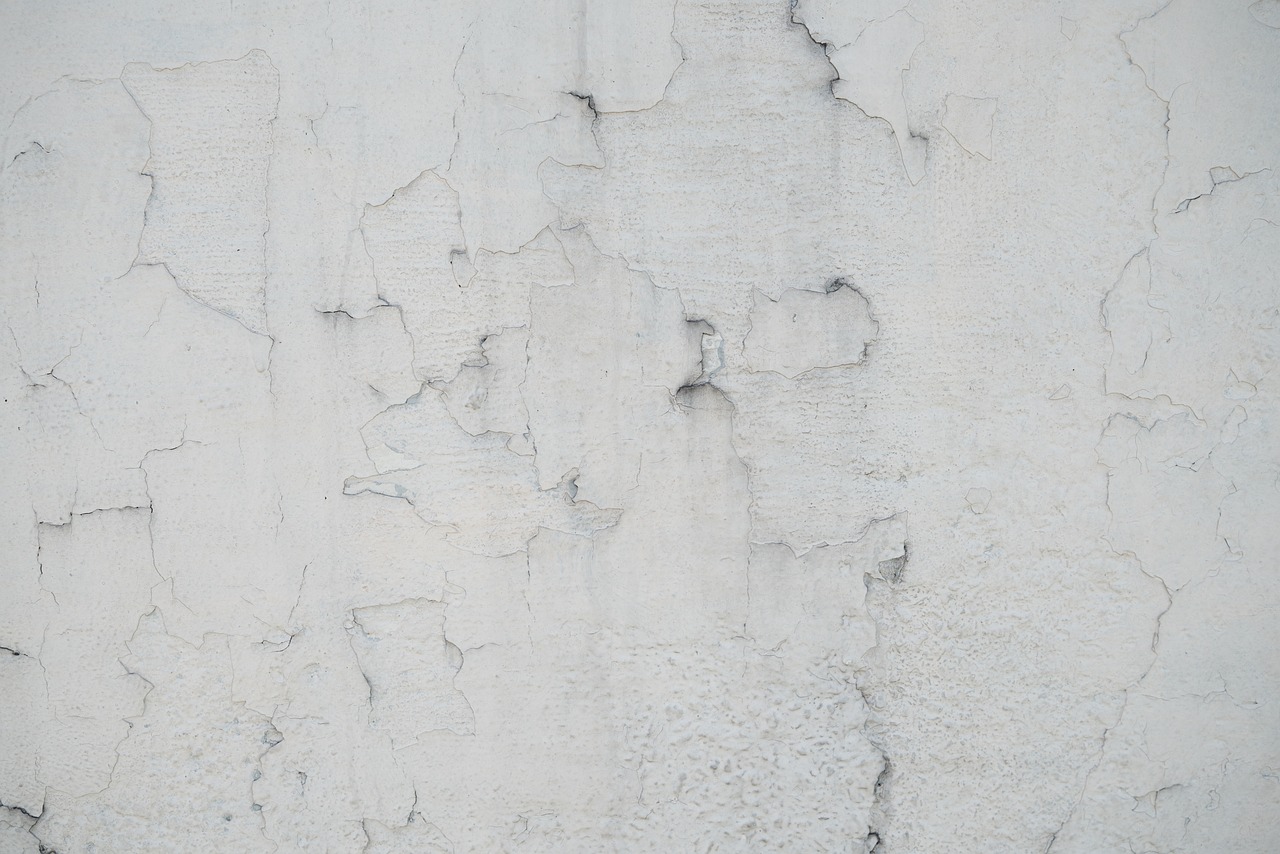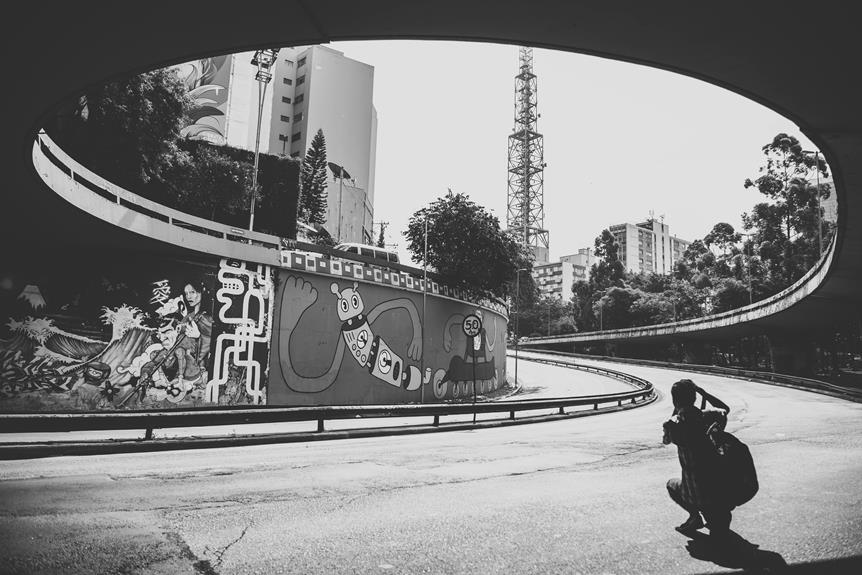Oil pastel art offers you a dynamic and vivid medium for creative expression. Originating in Japan in the 1920s, oil pastels blend pigment, non-drying oils, and wax, gaining fame through artists like Picasso. Techniques like blending and scumbling let you explore rich textures and layers. Inspiring artists, including Jitao and Viktoria Maliar, showcase the medium's versatility, from expressive portraits to vibrant landscapes. Essential supplies include quality pastels, textured paper, and proper tools like blending stumps. Whether you're sketching nightly or creating detailed compositions, oil pastels enhance your artistic journey. Delve deeper to discover even more creative potential.
Key Points
- Oil pastels combine pigment, non-drying oil, and wax binder for versatile artistic expression.
- Techniques like blending and scumbling enhance the texture and depth of oil pastel art.
- Inspiring artists like Jitao and Viktoria Maliar demonstrate innovative uses of oil pastels.
- High-quality pastels and textured paper are essential for achieving optimal results.
- Oil pastels' portability makes them ideal for quick sketches and on-the-go creativity.
History of Oil Pastels
Oil pastels, first developed by Sakura in the 1920s Japan, emerged as a vibrant and blendable medium, forever altering the landscape of artistic expression.
This innovation offered artists a new tool, combining pigment, non-drying oil, and a wax binder, setting them apart from traditional soft pastels.
The medium's potential was further realized in 1949 when Picasso and Sennelier collaborated to create Sennelier oil pastels, boosting its popularity.
Renowned artists like Paul Gauguin and Marc Chagall embraced oil pastels, exploring their versatility and expressive potential.
This rich history underscores oil pastels' unique position in art, providing a dynamic medium that continues to inspire and challenge artists across generations.
Popular Oil Pastel Techniques
Building on the rich history of oil pastels, artists today employ various techniques like blending, scumbling, and experimenting with wet and dry methods to harness the medium's full potential.
Blending lets you create rich, vibrant effects by merging colors with tools or your fingers. Scumbling, by lightly layering oil pastels, adds texture and depth to your work, giving it a unique tactile quality.
Exploring wet and dry techniques can yield a range of effects, from smooth gradients to textured finishes, enhancing your artistic expression. Additionally, embracing different artistic styles, such as impressionism or realism, showcases the versatility of oil pastels.
Each technique offers distinct possibilities, allowing you to push your creative boundaries.
Inspiring Oil Pastel Artists
Exploring the works of contemporary oil pastel artists reveals a rich tapestry of styles and techniques that delve deeply into the boundaries of this versatile medium. Jitao's expressive portraits merge Sennelier oil pastels with gouache for vibrant, colorful results. Viktoria Maliar's unconventional color schemes and dynamic compositions capture movement powerfully. Wunemo's emotionally charged landscapes and still life pieces, shared on YouTube, offer an in-depth exploration into his creative process. Semorim's realistic yet tender oil pastel portraits showcase his versatility, while Misako Flodin's textured and vibrant portraits provide rich visual experiences.
| Artist | Specialty | Notable Mediums |
|---|---|---|
| Jitao | Expressive Portraits | Sennelier oil pastels, gouache |
| Viktoria Maliar | Movement, Color Schemes | Oil pastels, oil |
| Wunemo | Landscapes, Still Life | Oil pastels |
These artists exemplify the diverse capabilities of oil pastels in contemporary art.
Creative Oil Pastel Ideas
Drawing inspiration from these contemporary artists, you can explore numerous creative oil pastel ideas that push the boundaries of your own artistic practice.
Embrace the portability of oil pastels to create still life compositions with ease. Add depth to landscapes by incorporating animals like deer or sheep, infusing warmth and character into your scenes.
For those with limited time, quick nightly sketches in a sketchbook can hone your skills consistently. Capture the essence of your pets with expressive portraits, using lighter colors for highlights to bring their fur to life.
Essential Oil Pastel Supplies
A successful oil pastel experience hinges on selecting the right supplies. This includes high-quality pastels, the ideal paper, and essential tools. Opt for renowned brands like Sennelier, Faber-Castell, or Pentel, which offer vibrant colors and a soft, blendable texture.
Choose paper with a bit of tooth to grip the pastel, enhancing techniques like sgraffito, impasto, and frottage. Essential tools include blending stumps and palette knives to manipulate the medium effectively.
Store your oil pastels in a cool, dry place, and use a fixative spray to protect your artwork. Versatile and suitable for all skill levels, oil pastels can be used on various surfaces, ensuring a broad creative range for both beginners and professionals.
Frequently Asked Questions
What Do You Need for Oil Pastel Art?
You need quality paper, oil pastels, and blending tools. An easel guarantees comfort, and a fixative spray safeguards your work. These essentials help you create vibrant, smudge-free art with smooth changes and impressive longevity.
What Is the Rule of 3's for Oil Pastels?
The Rule of 3's advises you to use a limited palette of three main colors. This approach guarantees your artwork maintains harmony, balance, and simplicity. You'll find it easier to create cohesive, visually appealing compositions and experiment effectively.
Are Oil Pastels Beginner Friendly?
Yes, oil pastels are beginner-friendly. You'll find them easy to blend and work with due to their vibrant colors, smooth texture, and versatility on different surfaces, making them perfect for experimenting with various techniques.
How Do You Set Oil Pastel Art?
To set your artwork, spray a fixative to lock in the colors and prevent smudging. Then, store it in a cool, dry place. For additional protection, frame it with glass or acrylic to shield from dust and damage.
Conclusion
In exploring oil pastel art, you've thoroughly examined its rich history, mastered popular techniques, and drawn inspiration from renowned artists.
With creative ideas and essential supplies at your fingertips, you're now equipped to express your unique vision through this versatile medium. Embrace experimentation and let your creativity flourish.
Oil pastels offer endless possibilities, and your artistic journey has just begun. Keep pushing boundaries and let your art speak volumes.

